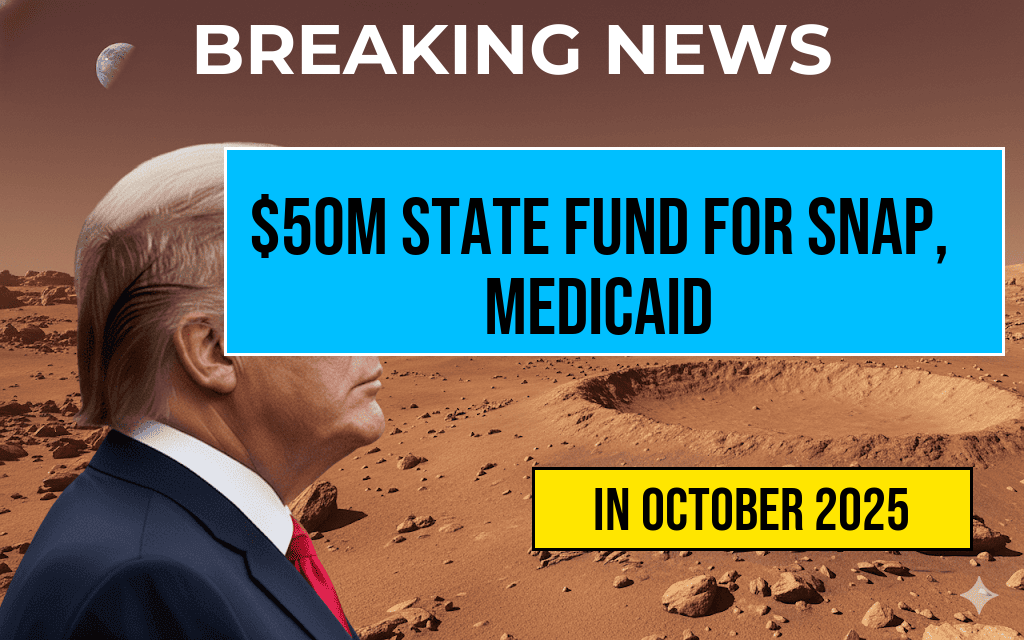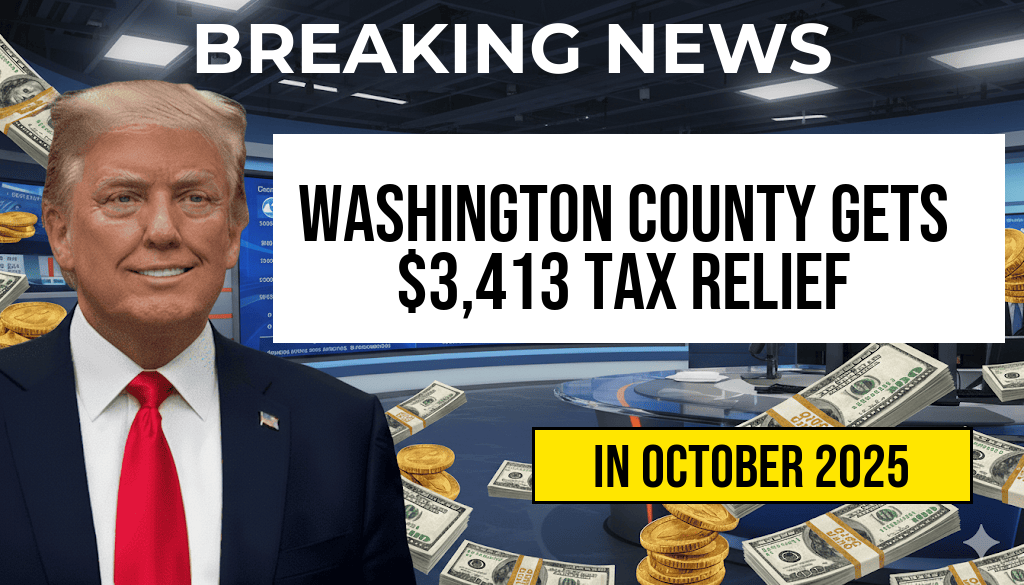The state of California has announced a $50 million initiative aimed at offsetting the financial strain caused by recent federal reductions to the Supplemental Nutrition Assistance Program (SNAP) and Medicaid. This move comes amid ongoing debates over federal funding priorities and aims to shield vulnerable populations from the adverse effects of decreased federal support. The initiative, unveiled by Governor Gavin Newsom’s administration, will allocate funds to bolster local programs, expand eligibility outreach, and provide direct assistance to families facing increased hardship due to federal cuts. With state budgets already stretched thin, officials emphasize that this investment underscores California’s commitment to safeguarding access to essential services, even as national policy shifts challenge the sustainability of safety-net programs.
Federal Cuts and Their Impact on State Assistance Programs
Background of Federal Reductions
Over the past year, federal policymakers have implemented significant adjustments to SNAP and Medicaid funding. These cuts, driven by legislative changes and budget reallocations, have resulted in decreased benefit levels and eligibility restrictions for millions of Americans. According to the Wikipedia entry on SNAP, the program serves approximately 42 million Americans, providing vital food assistance. Medicaid, the largest health coverage program for low-income individuals, has also faced reductions affecting access and provider reimbursements.
States like California, which administer their own Medicaid programs and have sizeable low-income populations, are particularly vulnerable to these federal changes. The result has been an increase in food insecurity and healthcare disparities across communities that rely heavily on federal support.
State Response to Federal Policy Shifts
Recognizing these challenges, California’s leadership has sought to mitigate the fallout through targeted state initiatives. The newly announced $50 million fund will serve as a buffer, allowing local agencies to continue providing critical services without interruption. This proactive approach aims to prevent the most severe consequences of federal funding reductions, especially among children, seniors, and individuals with disabilities.
Details of the $50 Million Initiative
Allocation Breakdown
| Program Area | Funding Amount | Description |
|---|---|---|
| Food Assistance Outreach | $15 million | Expand efforts to inform eligible families about ongoing SNAP benefits and enrollment opportunities. |
| Direct Benefit Supplements | $20 million | Provide emergency cash or food vouchers to households most affected by federal reductions. |
| Healthcare Support | $10 million | Assist clinics and community health centers serving low-income populations with additional resources. |
| Capacity Building | $5 million | Enhance infrastructure and staffing at local agencies to manage increased demand. |
Implementation Timeline
The funds are slated to be distributed over the next 12 months, with quarterly reviews to assess impact and reallocate resources as needed. State officials emphasize that transparency and measurable outcomes will guide ongoing efforts.
Community and Expert Reactions
Support from Advocacy Groups
Organizations advocating for low-income families have welcomed the initiative, highlighting its importance in maintaining access to essential services during uncertain federal policy environments. Maria Lopez, director of California Food Justice Coalition, stated, “This investment is a critical step in ensuring that vulnerable populations are not left behind as federal support diminishes. It demonstrates local leadership committed to social safety nets.”
Critiques and Challenges
However, some analysts caution that a $50 million fund, while helpful, may not fully compensate for the scale of federal cuts. Dr. James Carter, a public policy expert at the University of California, noted, “State-level funding can only partially fill the gaps created by federal reductions. Long-term solutions require coordinated federal and state strategies to ensure sustainability.”
Broader Implications and Future Outlook
California’s move reflects a broader trend among states seeking to buffer their populations against federal policy shifts. Several other states, facing similar funding challenges, are exploring supplementary measures to preserve assistance programs. As federal debates over social safety nets continue, state governments may play an increasingly pivotal role in safeguarding access to healthcare and nutrition.
Officials in California remain optimistic that the initiative will provide immediate relief while laying groundwork for more resilient support systems. Continued monitoring and adaptive strategies will be essential as federal policies evolve and economic conditions fluctuate.
For more details on federal and state assistance programs, visit Medicaid.gov and USDA Food and Nutrition Service.
Frequently Asked Questions
What is the purpose of the $50 million state initiative?
The $50 million state initiative aims to compensate for federal cuts to SNAP (Supplemental Nutrition Assistance Program) and Medicaid, ensuring that vulnerable populations continue to receive essential food assistance and healthcare services.
Which programs are targeted by the state initiative?
The initiative primarily targets SNAP and Medicaid, two critical social safety net programs that have faced funding reductions at the federal level, impacting low-income individuals and families.
How will the funds be allocated within the state?
The $50 million will be allocated based on program needs and eligibility criteria, with a focus on supporting communities most affected by federal cuts and ensuring continued access to essential services.
When will the funds be available to eligible recipients?
The funds are expected to be disbursed starting next fiscal quarter, with administrative processes underway to ensure timely distribution to those in need.
Are there any eligibility changes due to this initiative?
No significant eligibility requirements are expected to change as a result of the initiative. It primarily provides additional funding to supplement existing benefits and prevent service disruptions.






